Now three probes fly parallel around Venus
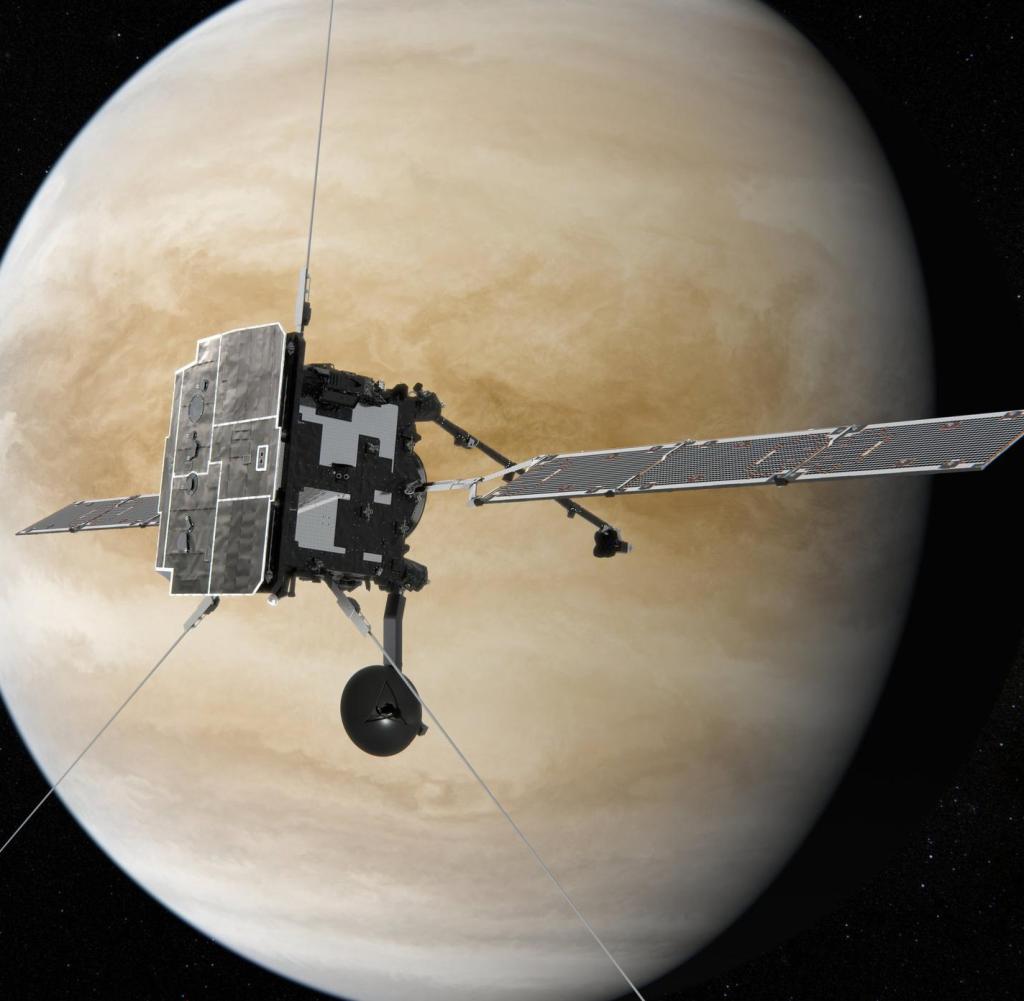

ESA’s Solar Orbiter will arrive in front of Venus on Monday
Source: dpa
European spaceflights launched two probes. Within hours they fly across Venus and slow down in the process. A third mission is already on site. The small traffic jam wasn’t intended – but it has its advantages.
WIt seems idyllic that given the density of satellites in Earth’s orbit, there is an almost large volume of traffic on Venus. Within a few hours on Monday and Tuesday, the ESA probe “Solar Orbiter” and “BabyColombo” began Fly over VenusTo slow the way to their mission goals. With the Japanese Venus spacecraft “Akatsuki”, there will be three research probes on the planet closest to Earth.
“It wasn’t actively planned. Now the scientists are very happy that they got three data sets of Venus from different viewpoints, which is something new for them,” says Simon Blum, head of ESA mission operations at the Darmstadt Control Center. “The fact that you can observe Venus from three different angles is unique.”
Source: world infographic
Datasets that can also provide information for future tasks, yes – reciprocal photo session, no. “We checked that, but it didn’t work, they just don’t get close enough to that.” Almost got to meet, due to delays in missions.
“solar orbiter” It will fly over Venus on August 9 at 6.42 a.m. (CEST) at a distance of 7,995 kilometers. On Tuesday, on the other side of the planet, “BepiColombo” will reach its shortest distance at 3:48 p.m. at an altitude of just 550 kilometers. That’s just over the distance between the ISS and Earth.
According to the German Aerospace Center (DLR), the atmosphere of Venus consists mainly of carbon dioxide, which leads to a significant greenhouse effect. Accordingly, the temperatures on the inner neighboring planet of the solar system are about 470 ° C, day and night. The composition of the atmosphere is the subject of investigations by the Japanese Akatsuki probe. Max Planck Institute for Solar System Research According to the collection also Value data for “BepiColombo” and “Solar Orbiter”.
Bloom and his team in Darmstadt are not concerned. “We are now trying to make the most of this lucky coincidence.” You have teams of specialists to control the probes. “This is no longer effort, but no less.” Teams at the Control Center are still unable to operate at full strength due to the COVID-19 pandemic. For both missions, there are still small upfront path corrections.
During the flight, there was no longer any possibility of interference. After all, there is a ten-minute delay of data for Venus. But: “We’re well prepared. Something unexpected can always happen, but that’s the natural danger.” A collision can be ruled out with certainty.
According to its own information, the European Space Agency currently controls 25 satellites, 22 from the control center in Darmstadt. the Space probe “BepiColombo” They started in October 2018 Seven year journey To the planet Mercury, closest to the Sun. With two satellites on deck, the surface and magnetic field of the orb is scheduled to be examined from December 2025. The European-Japanese joint project aims at a total cost of about €2 billion to help understand the origins of the solar system.
The space probe “Solar Orbiter” of the US space agency ESA and the US space agency NASA, at a cost of about 1.5 billion euros, was launched in February 2020 from Cape Canaveral in the US state of Florida. There are ten scientific instruments on board the 1.8-ton orbiter. Researchers hope to gain new knowledge about the sun and its magnetic field. The “solar module” is said to fly up to 42 million kilometers from the sun.
The probe has already recorded the first films of explosions of particles from the solar atmosphere. These strong solar winds can affect what is known as space weather. On planets with atmospheres, particles can release the aurora borealis. But it can also lead to technical problems, such as failure of navigation systems or damage to satellites.
Both probes fly across the planets several times in their journey and are planned to slow down. The “solar orbit” will pass Earth for the last time in November. Without these maneuvers, Bloom says, the probes would be accelerating more and more toward the sun due to the force of gravity, and would likely outrun the star. “We have to slow them down so they can swing into the appropriate orbits.”



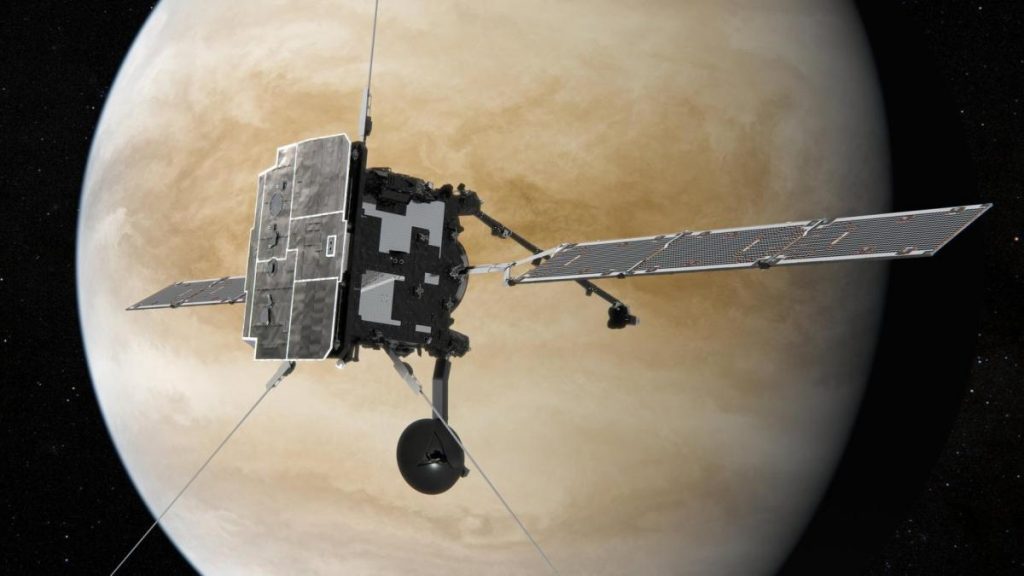
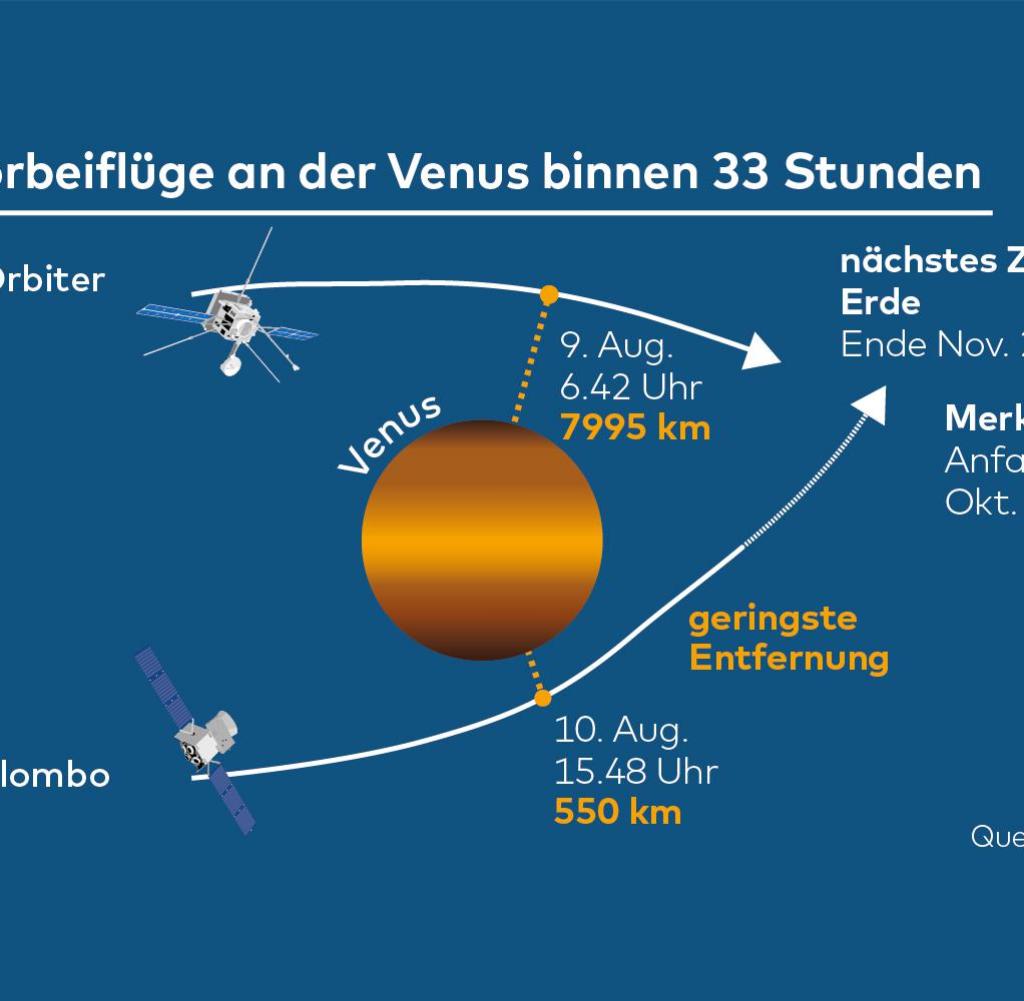
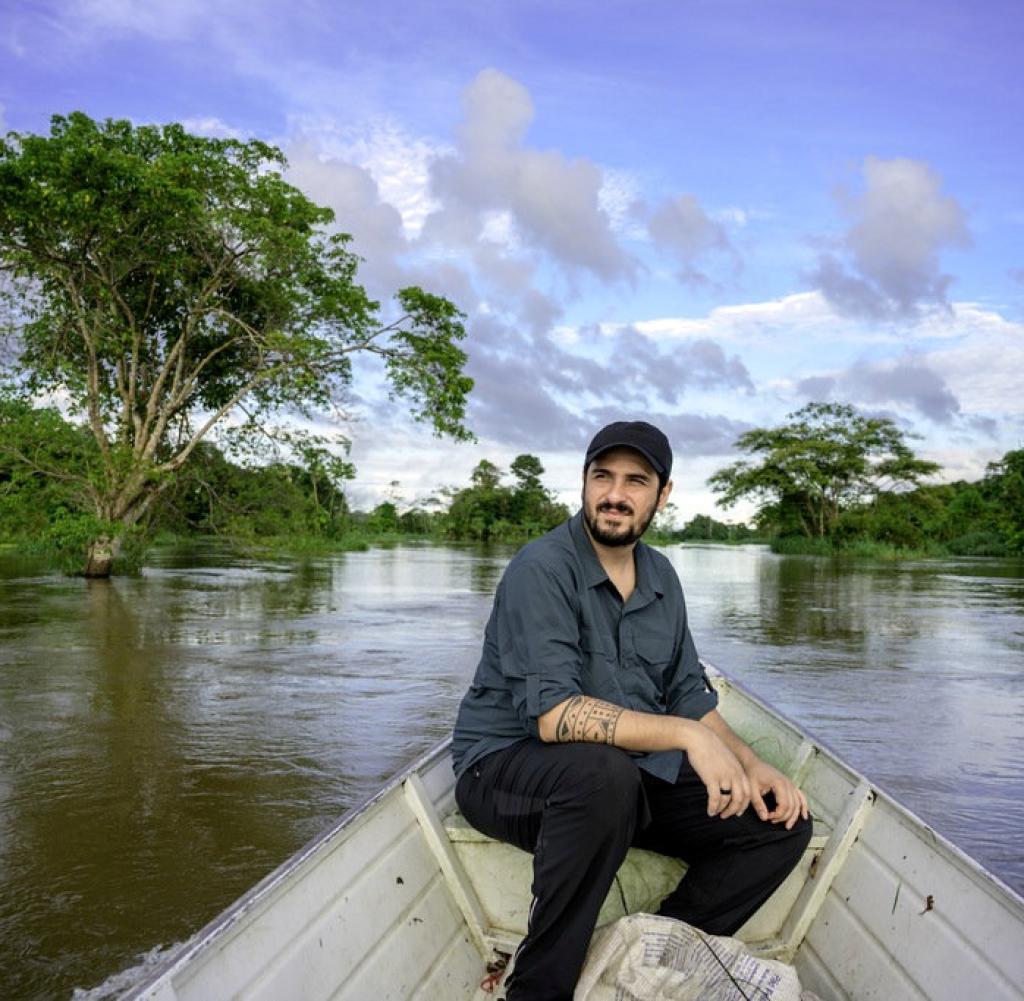
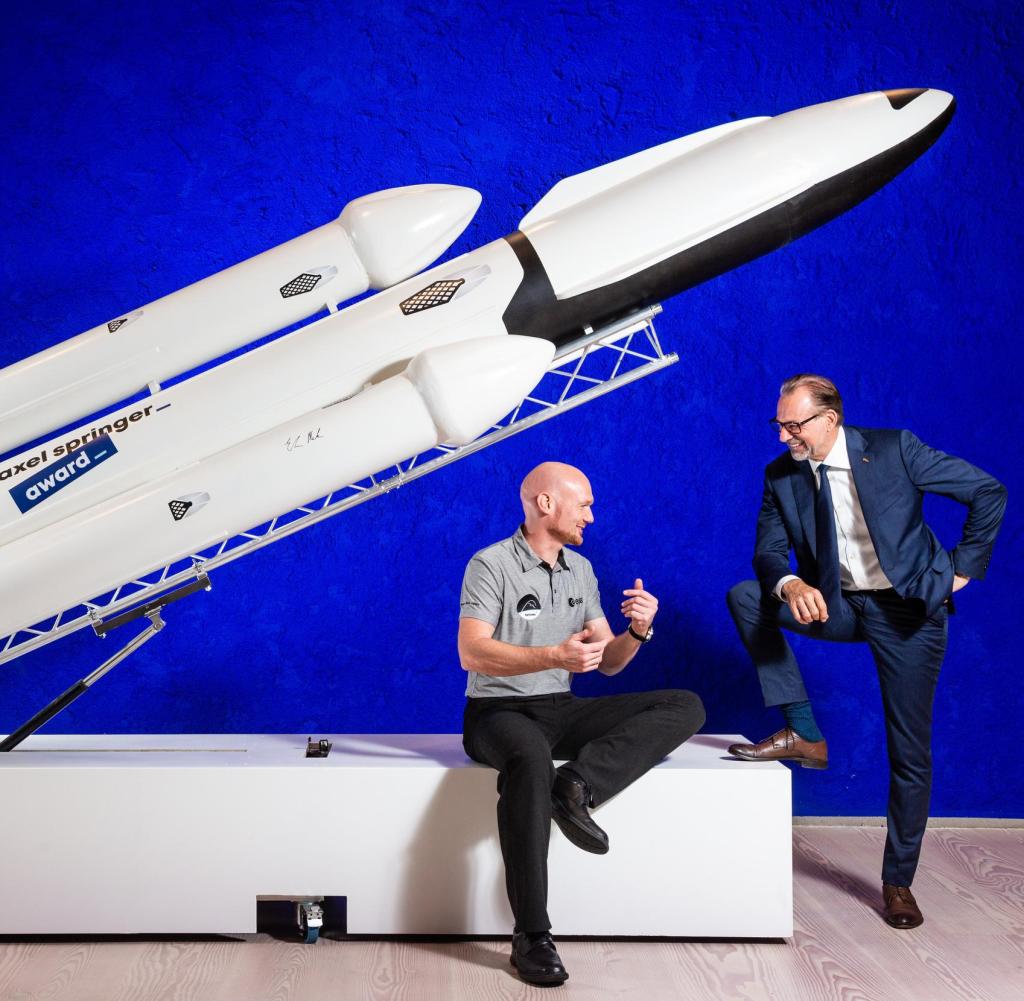
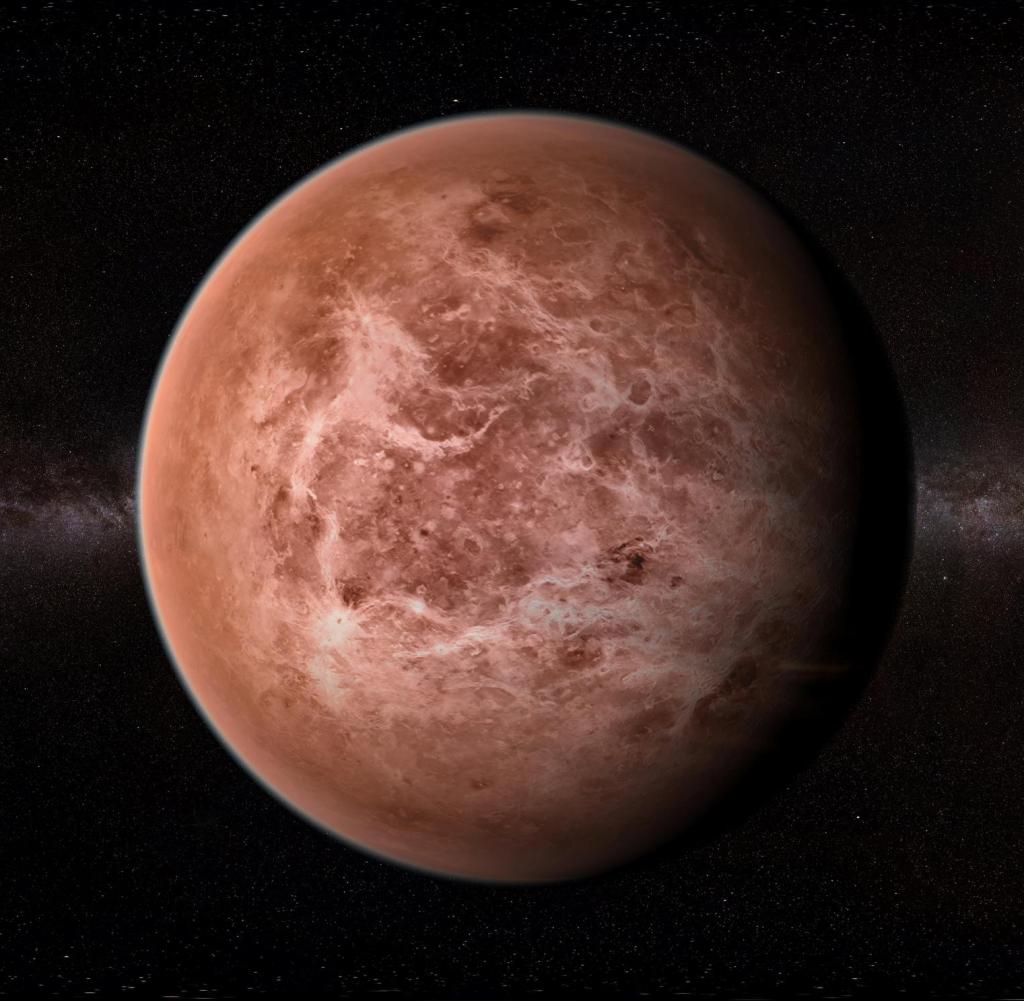
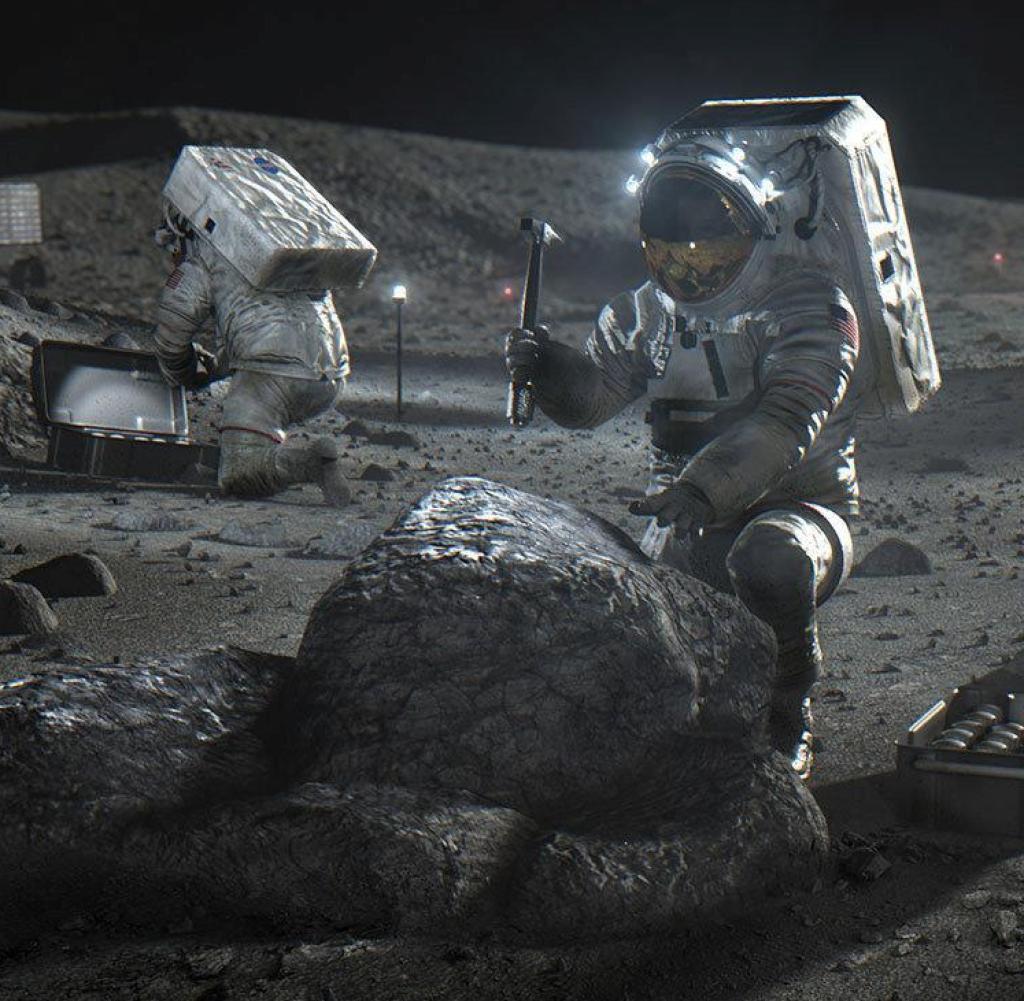
More Stories
Nvidia GeForce RTX 4090: AIDA64 gets Ada spearhead support
Rogue Trader – Details about the first cRPG in the series – CD-Action
t3n – Digital Pioneers | digital business magazine